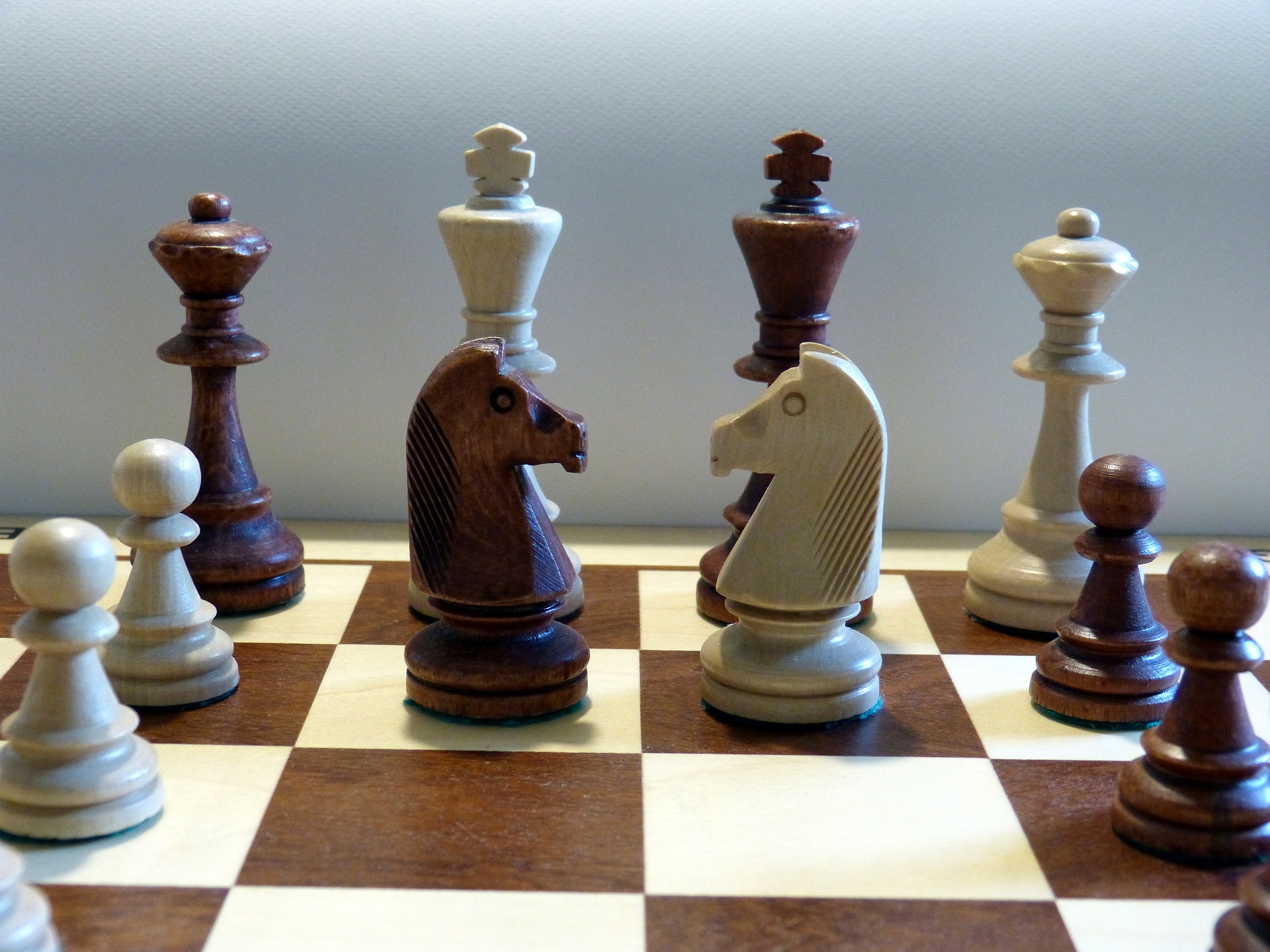This book caught my eye based on the title alone “The Big Book of Conflict Resolution Games: Quick, Effective Activities to Improve Communication, Trust and Collaboration” (Big Book Series) by Mary Scannell. The book is not aimed at the adult education sector nor the intercultural communication sector. So once again, I am left wondering which bits can be useful for the diverse adult classroom.
The book is aimed at resolving workplace conflict. But these are not tools to use when a conflict is under way, as I looked at in my last post. Rather they are playful ways of getting people who work (or in this case, learn) together to think about conflict either before it happens or to reflect on how a past conflict could have gone better.
The book is a collection of activities or games with full instructions and handouts where needed. The games are divided into the following sections:
- Understanding Conflict
- Communication
- Diversity
- Trust
- Perspective
- Emotional Intelligence
- Collaboration
I like that the activities progress from conflict to collaboration. The book starts with an introductory analysis of conflict and why it is unwise to ignore it (a common reaction to conflict). In fact Scannell makes a good case for the benefits of conflict.
Anyone who takes the time to study conflict understands its power to transform what exists into something better.
Because our typical knee-jerk reaction to conflict is to fight back or compete, a collaborative approach is often counterintuitive. Games reveal to teams their reactions to conflict, demonstrate the consequences of those reactions, and then point the way to better strategies—all while the participants are having fun. Conflict can clear the underlying tensions and bring out issues so the team can deal with them and learn from them. However, just because conflict can produce a beneficial outcome does not mean it’s comfortable.
Some of the games will be familiar while many of them will be new. The value of the book lies in having the old and the new collected together and presented in a usable order.
Here are three examples which I thought would work particularly well in the language classroom.
Step by step
One of the advantages of games is that they can make abstract concepts more concrete. In the last post I talked about the Interest-based Relational Approach. Instead of just giving the steps to conflict resolution out though, it may be much better to get participants to try and work out these steps themselves, bringing in the theory at the end as a way of comparison. This is the exercise in the game called Step by Step on page 33 of the book.
Anything goes
This game on page 43 creates a mini, low stakes conflict in which each person has to argue for their side. By deliberately creating a low risk conflict, students can practice supporting their point of view and at more advanced levels, having a real dialogue through active listening.
Word Search
This is an activity to show the benefits of collaboration. Small teams do two word search activities; the first as individuals with no collaboration allowed and the second where collaboration is allowed. The results should be that more words are found in collaboration and the reasons for that can be explored in the debrief.
Again, as in my last post, the question needs to be asked about whether it is worth investing time in such activities. And the answer depends very much on context. In a long course which is centred on language learning, these games could act as legitimate language learning activities and need no further justification.
There are several different strategies that could be adopted.
- If you picked a short list of games which you thought were appropriate to your context, you could have them ready for whenever the need arises. I would worry about being able to remember the appropriate games in the moment though.
- Another strategy is to use your previous experience with similar classes to anticipate the types of conflict that may arise and pick a range of the games to address these issues in a pre-emptive way.
- A third approach is to wait for a sufficient time to elapse after a specific conflict and pick a game that addresses those issues.
Do you have another suggestions? Which strategy would suit you best?
Full disclosure: If you use the above link to purchase the book then a very small amount of the price will go to help maintain Absolutely Intercultural, the intercultural podcast.
Previous posts on Conflict in the Diverse Adult Education Classroom
Visible Thinking to reduce Conflict
Impartial Justice or relationship Repair?
Don’t forget the Classic Tools
Using Games in Conflict Resolution (this one)
